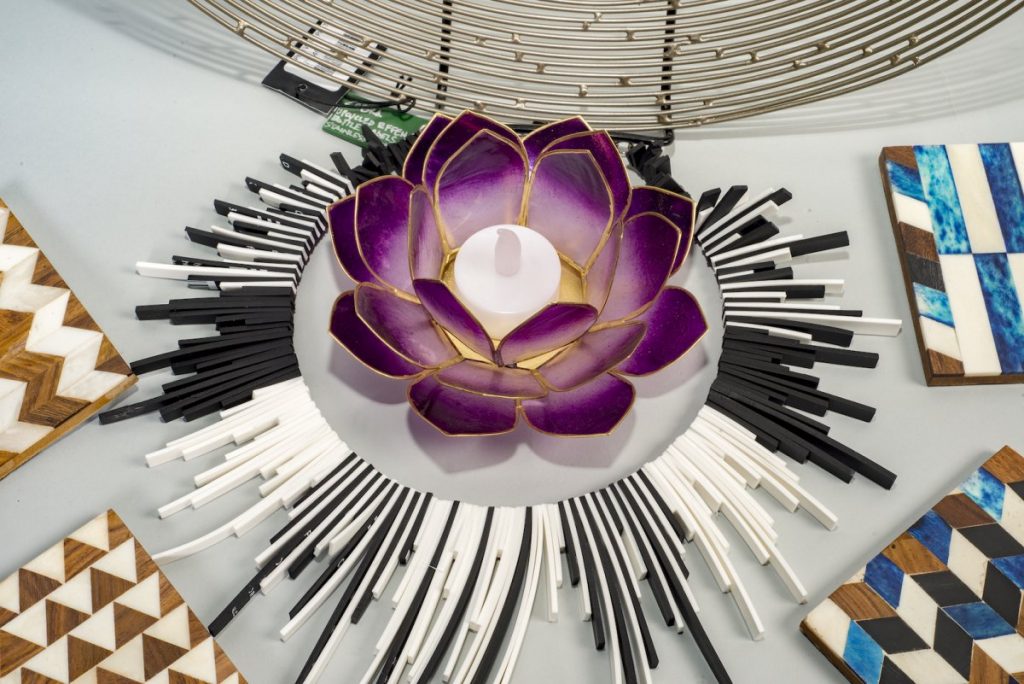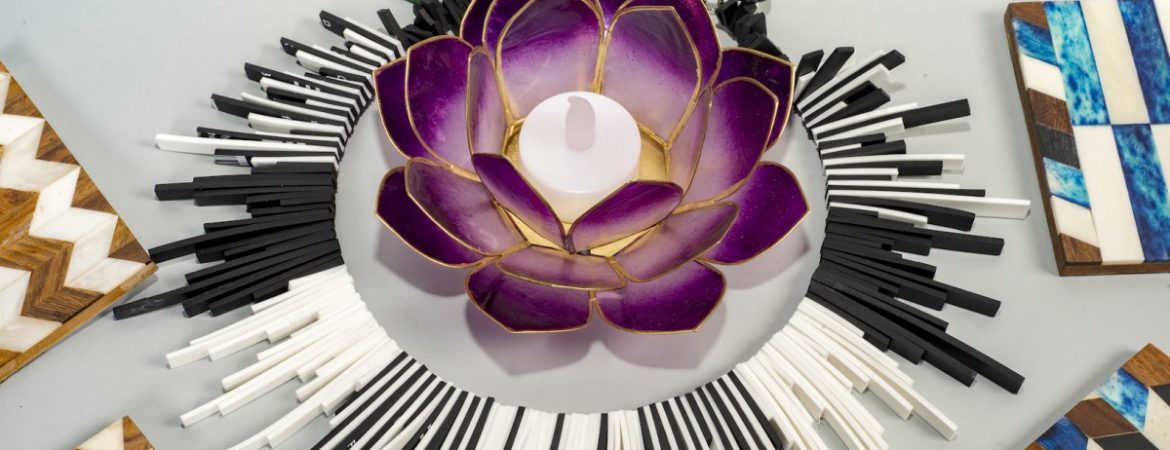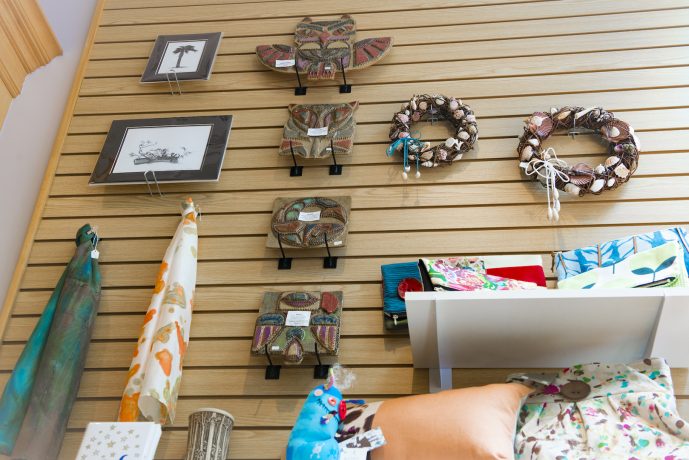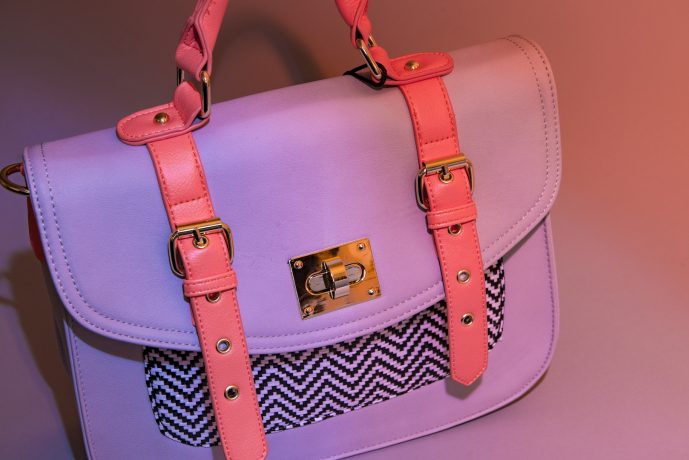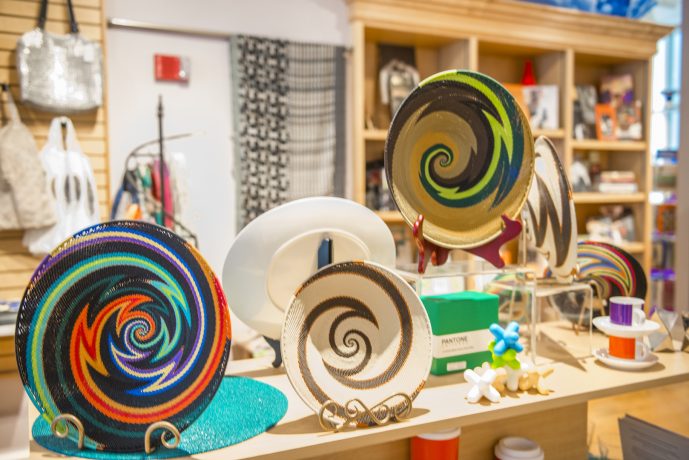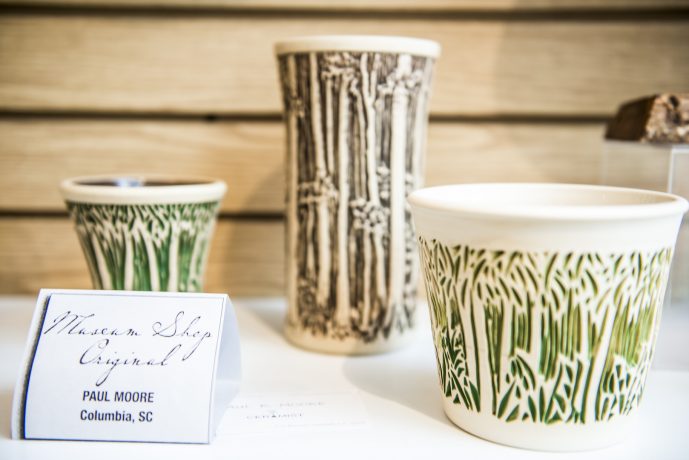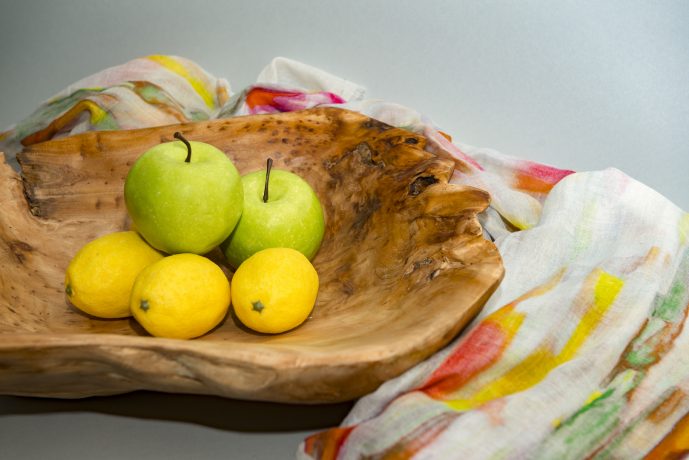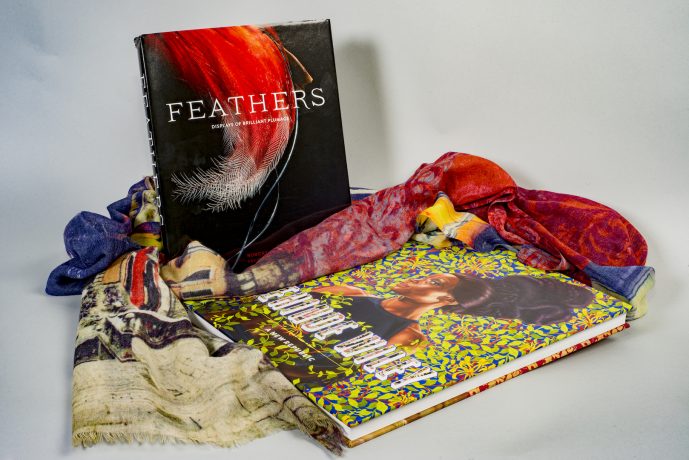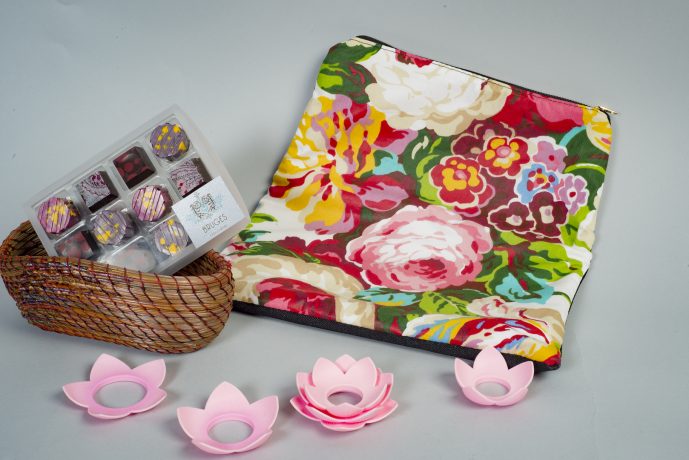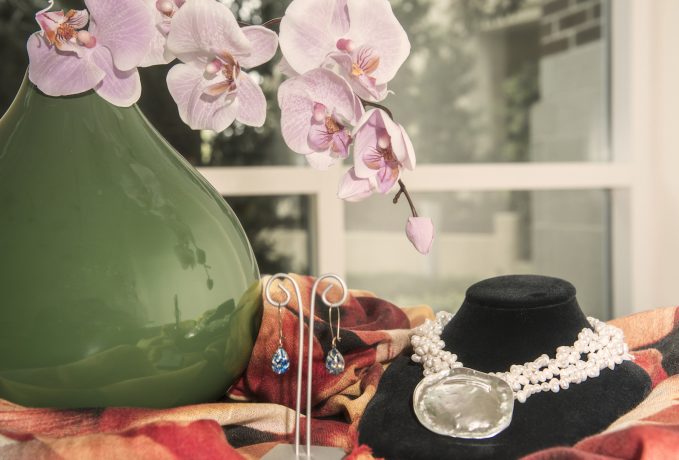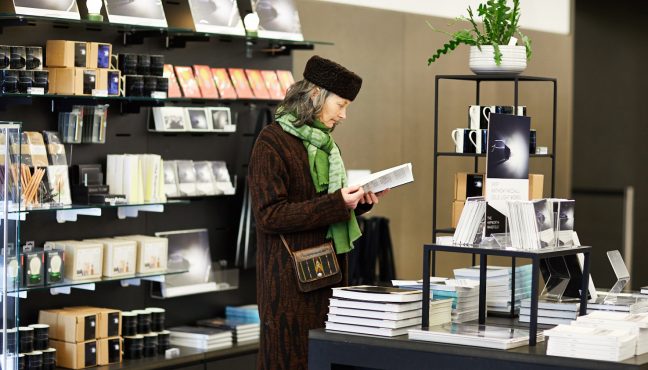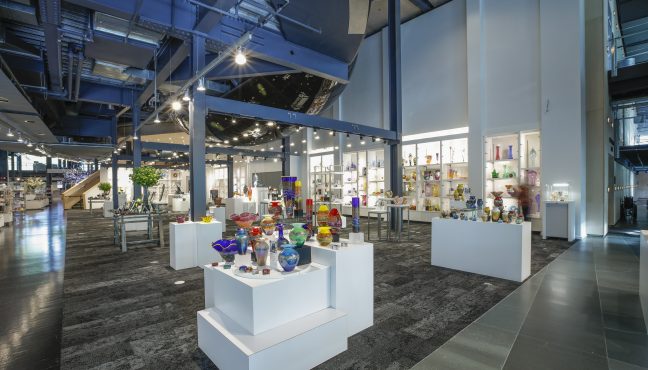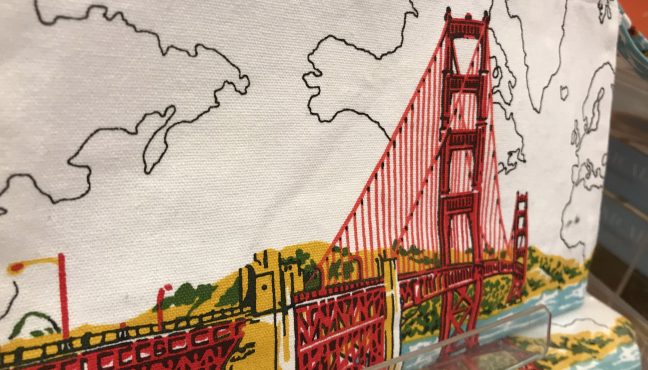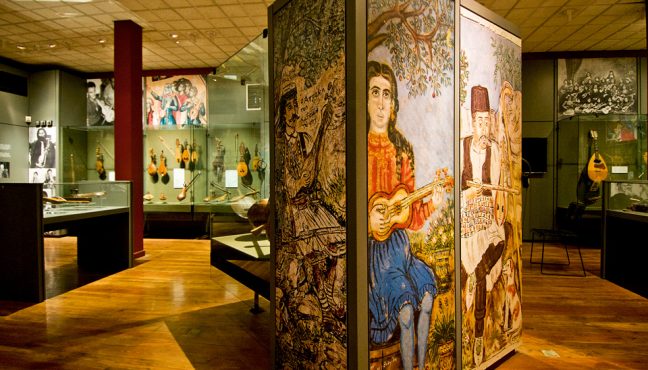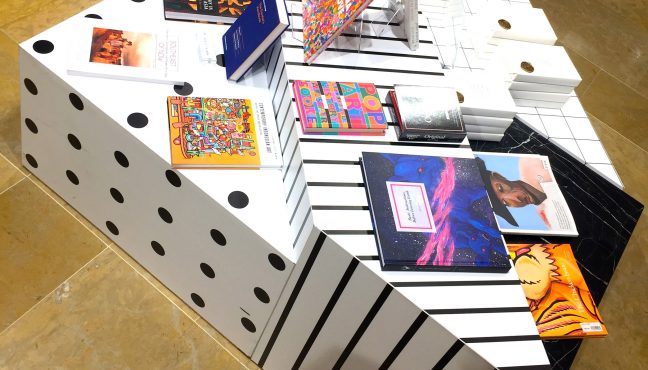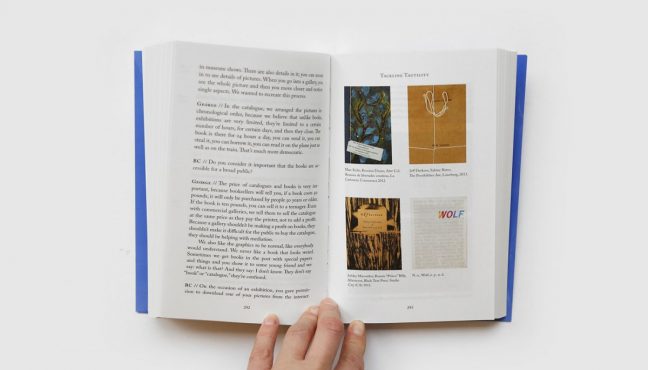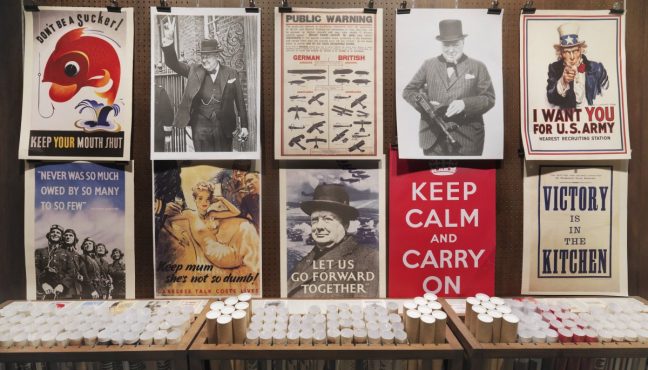The Columbia Museum of Art is South Carolina's leading international art museum with extraordinary collections of European and American fine ranging from Old Master European paintings and sculptures from the Renaissance and Baroque periods to European and American modern art. The art collection that first went on view in 1950 consisted of the gifts of local collectors. And it is still the strong community spirit and network that makes this museum a social hub for locals. We spoke to Brantley Cox, CMA shop manager, about how the museum shop extends and nurtures the traditions of creativity within the City of Columbia.
Columbia Museum of Art engages in community outreach programs, how does it find reflection in the activities of the shop? How do you keep nurturing and developing relationships with local customers?
The CMA Shop plays an important role in the CMA’s community outreach and education programs. All the shop’s profits go toward funding these programs and also help the CMA bring new and exciting exhibitions to Columbia. We love our customers, many of whom we’re on a first name basis. When they purchase something, we usually ask if it’s a gift for themselves or someone else and learn a little about their life. It’s fun for us to find merchandise we know a certain customer will love. I have one regular customer that I specifically order photography books for and another customer who I specially order stud earrings for since she hates anything that dangles. Learning about people is part of what makes our job fun, we have so many interesting customers.
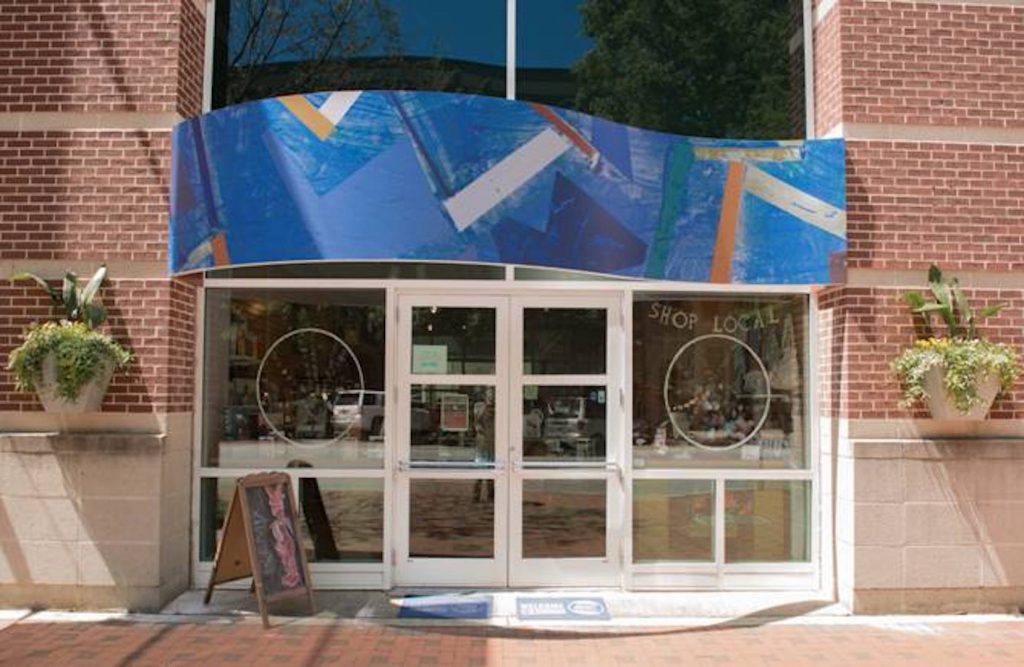
The CMS shop represents a lot of artists from the Columbia area. What do you think distinguish their work from the artists of other areas?
Some of our artists use only local supplies when creating a piece. One artist, Clay Burnette, uses pine needles only from local trees to weave into beautiful pine needle baskets, stitched together with waxed linene thread, copper or brass wire or telephone wire. Another artist, Carri Addingtron, uses locally found rocks and gemstones to create jewelry that is edgy but still delicate. Our artists know how to speak to our customers through their work and one of my favorite aspects of the job is watching that conversation happen, watching that customer fall in love with a piece as if it were made just for them.
Please tell us about your favorite local artists presented in the shop.
I love all of our artists, it’s hard to pick a favorite. If I must, I would have to say Mary Catherine Kunze, who makes clutches, purses and pillows that are all one of a kind that can’t be found anywhere else. Her foldover clutches are popular with our customers because of their functionality and style. She never makes any 2 bags alike and finds unique fabric and color combinations that make a beautiful statement. Bruges Chocolaterie is another local artist I absolutely adore. She hand paints Belgian chocolate and makes every piece of chocolate a tiny work of art. My mother is a huge fan and feels guilty for eating even a single piece.
Would you say that local artists you work with source inspiration from the Columbia history and traditions of craftsmanship or do you feel like their approach is more global and universal?
I’d say right now it’s more global than local at the moment, we’re in the process of looking for more artists employing regional techniques to feature in the shop. Right now we have 2 local artists that really exemplify southern traditions. Clay Burnette uses a technique called ‘coiling’ which was used by Native Americans throughout the United States, however, using long-leaf pine needles was primarily seen in the southeast. Paul Moore, a ceramist, pays homage to South Carolina by using raw clay from the banks of the Congaree River. He handcarves Palmetto forests into the clay, reflecting his Carolina connections.
Are there any items in your shop which refer to the history of the museum? If yes, we would love to learn more.
We have a catalog, European Art in the Columbia Museum of Art, which not only contains 56 works of late medieval and Renaissance art, it also includes an essay on the formation of the collection. There will be a second volume to catalogue the museum’s collection of Baroque and Rococo art, it’s currently in the works.
Is there a particular focus of your book selection?
Art in almost any form is the primary focus, I try to pick books that are style/artist specific, but sometimes my staff and I choose books that are a little outside the norm for a museum shop. Feathers is an excellent example, it is not typically what would be considered art but the photographs are masterpieces in themselves. Whenever we have a show, I like to look at books in the genre and ask myself ‘would I find this book anywhere else?’ or ‘is this book something I would buy for myself or a friend?’. My employees like to leave me notes about books they find interesting and most of the time I’ll order them because if we love the book, it shows. It’s a lot easier to sell something if you really enjoy it because the customers can feel it too.
What are the most popular items with your customers? Anything you'd like to highlight?
We currently have Telephone Wire Baskets that are handwoven by local tribeswomen in South Africa. No 2 are alike and customers love the color schemes used. Pixie Mood is a company that makes beautiful handbags and purses that are vegan and completely cruelty-free, which our customers love. We are constantly selling out of their ombre bags and cross-body bags, they get snatched up almost as soon as we put them out. We also have solar corgis whose heads bobble when placed in light, and they make the best desk companion.
Children's summer vacations are here! Can you recommend us CMS shop holiday essentials and treats for the little ones?
We have a great selection of games that will keep the kids busy for the summer. Fast Track is a great competitive game, we call it the ‘friendship ruiner’. It’s similar to air hockey except you use your fingers. Spot It! is another great game that focuses on speed, there are versions with numbers and letters and others with different pictures. The great thing about this game is that there are so many different ways to play it, kids won’t get tired of it quickly.
